Description
A rare and striking Victorian memento mori poison ring, crafted around 1880’s. This piece is a masterful example of 19th-century symbolism and craftsmanship, combining gilt silver with glossy black enamel. The ring features a dramatic skull design, evoking the memento mori tradition—a reminder of mortality and the passage of time. The ring includes a hidden compartment beneath the skull, historically used for holding small amounts of poison or other substances. Its unique design, paired with its large men’s size 12, makes it a standout addition to any antique jewelry collection. Details: • Era: Victorian, c.1880 • Material: Gilt silver and black enamel • Design: Skull with a hidden poison compartment • Size: Large men’s size 12 • Condition: Very good antique condition with minor wear commensurate with age. See photos for details. Key Features: • Rare Victorian memento mori jewelry • Functional poison compartment • Exceptional craftsmanship in gilt silver and enamel • A bold statement piece for collectors and enthusiasts Shipping and Handling: • Item will be securely packaged to ensure safe delivery. • International shipping available by DHL overnight courier. Don’t miss this opportunity to own a rare piece of Victorian history!
History: A poison ring or pillbox ring is a type of ring with a container under the bezel or inside the bezel itself which could be used to hold poison or another substance; they became popular in Europe during the sixteenth century. The poison ring was used either to slip poison into an enemy’s food or drink, or to facilitate the suicide of the wearer in order to preclude capture or torture. In Italy to this day pouring someone a drink whilst holding the bottle with the back of the hand facing downward, so as to let something drop from a ring bezel, is called versare alla traditora (“traitor’s way pouring”) and still considered offensive. Rings like this have been used throughout history to carry perfume, locks of hair, devotional relics, messages and other keepsakes, so they have also been known by other names. Artists would paint tiny portraits of loved ones, to be carried in what was called a “locket ring,” which was popular during the Renaissance. By the 17th century, jewelers were creating locket rings in the shape of caskets which served as mementos for mourners. These were called “funeral rings.” Rings with compartments are also called “box” rings or “socket” rings.
This is a link to the tradition of the memento mori – an object designed to remind us that life is brief and that we should seize the moment while we are here.
Since the beginning of time,the skull is been used as a symbol of mortality, victory, the ultimate Memento Mori.
The skull represented the contemplation of eternity.
In Elizabethan England, it was an emblem of bawds, rakes and sexual adventure. Its a symbol men, in particular, have always loved to paint, carve, cast, and wear.
Provenance:This unique piece comes directly from the famous Skulls collection of Dr.Atanas Karamov,who was the personal physician to King Ferdinand I of Bulgaria. Dr.Karamov was also a member of the first Bulgarian Regular Masonic Lodge named “Balkanska Zvezda” c1890’s . His collection contain over 1200 skull watches,skull goblets,skull victorican jewelry etc…
If you are not satisfied in 100%,your money back guarantee.
Free shipping to worldwide,fully insured(possible byDHL overnight courier)
NOTE:PLEASE OBSERVE CAREFULLY THE PHOTOS! IT IS A SIGNIFICANT PART OF THE DESCRIPTION. Every potencial defect which is shown in the photos,but not mention in the description,will be considered for described.All the photos shoot by professional Nikon 105 Macro lens under 40x diopter magnification,so you can explore even the smallest detail like under microscope!
| Get images thatmake Supersized seem small. | Showcase your items with Auctiva’sListing Templates! |
THE simple solution for eBay sellers.
Listed with ExportYourStore.com
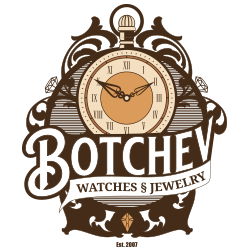
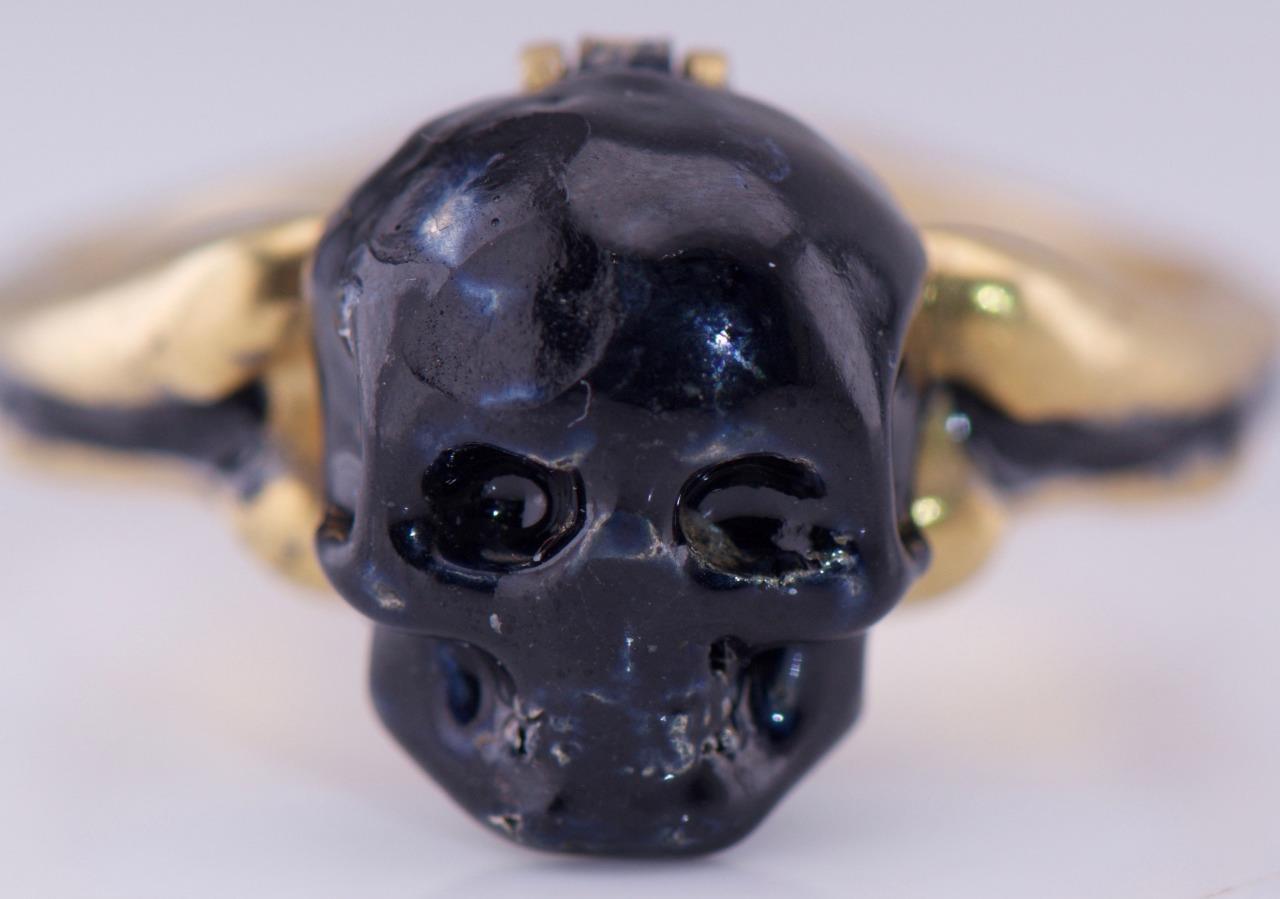
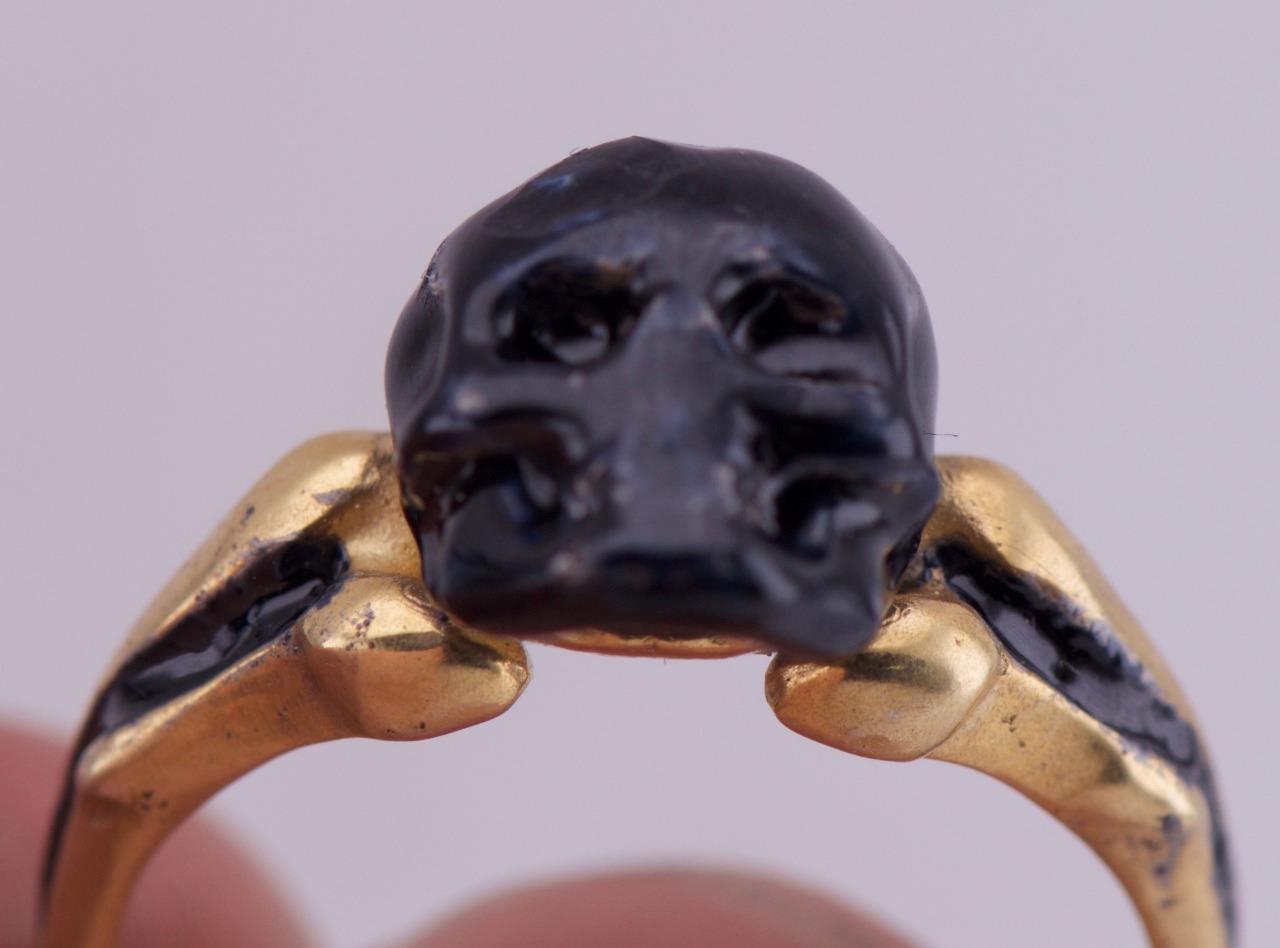

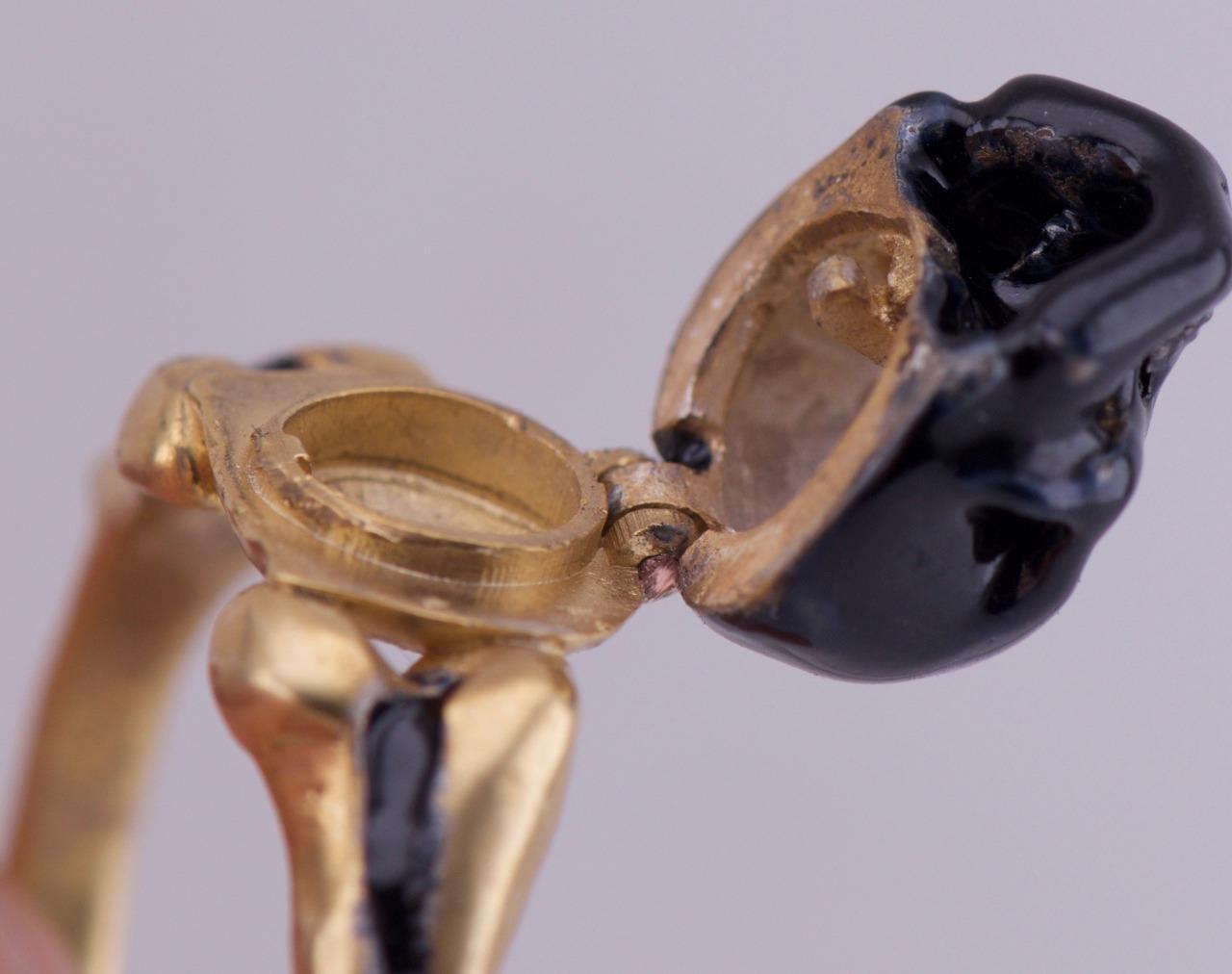
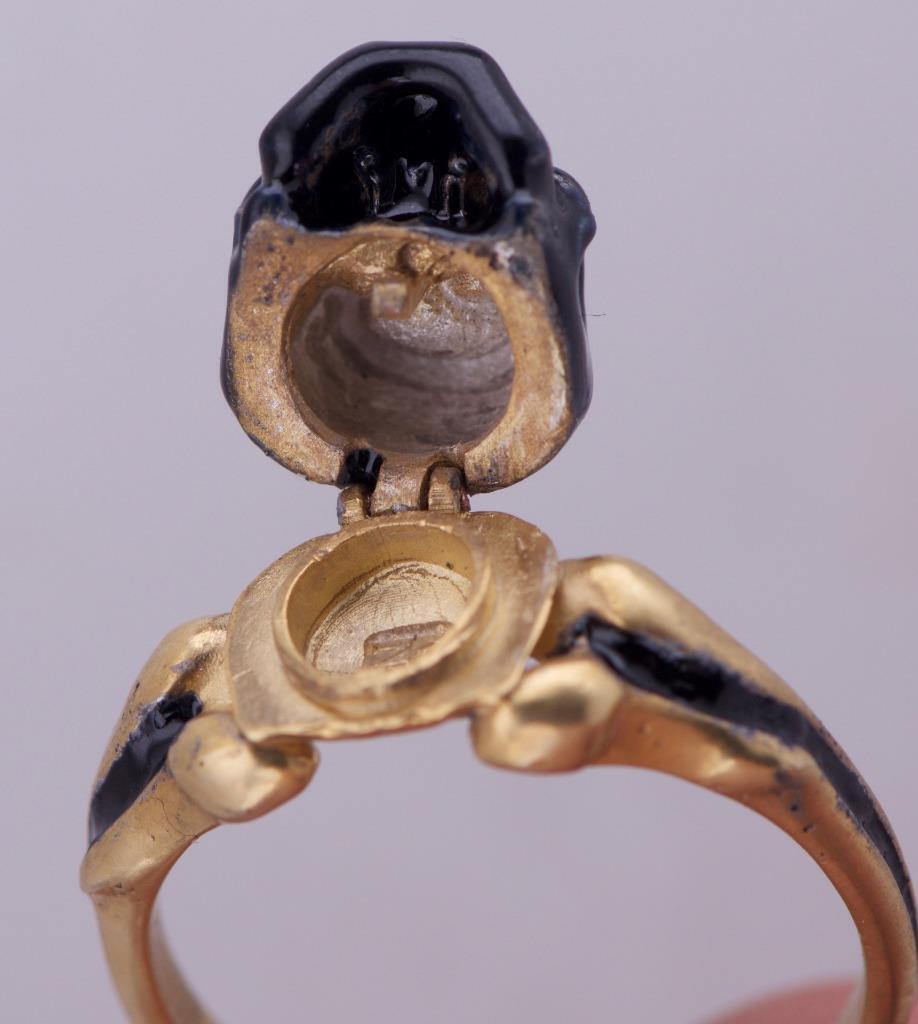

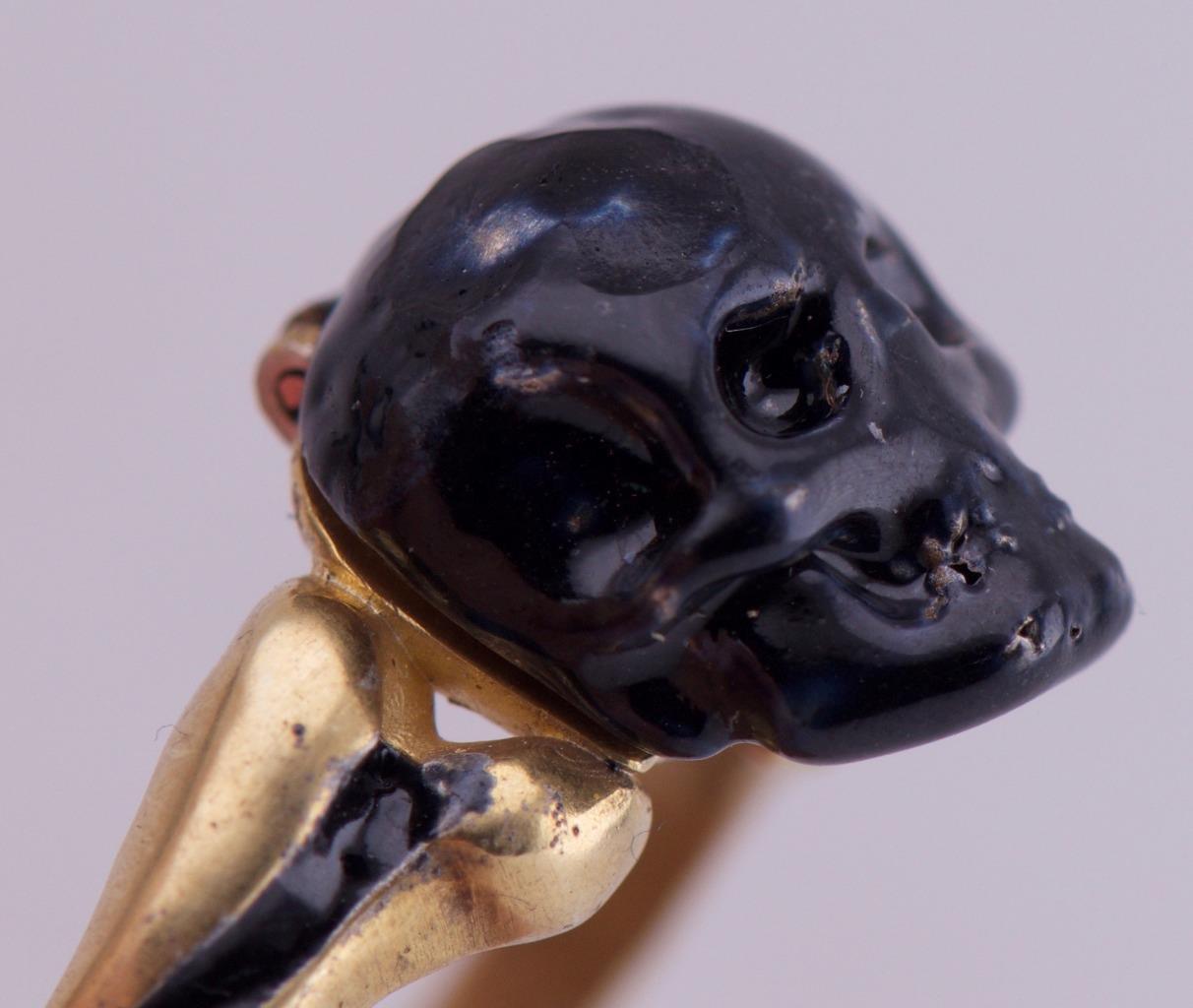

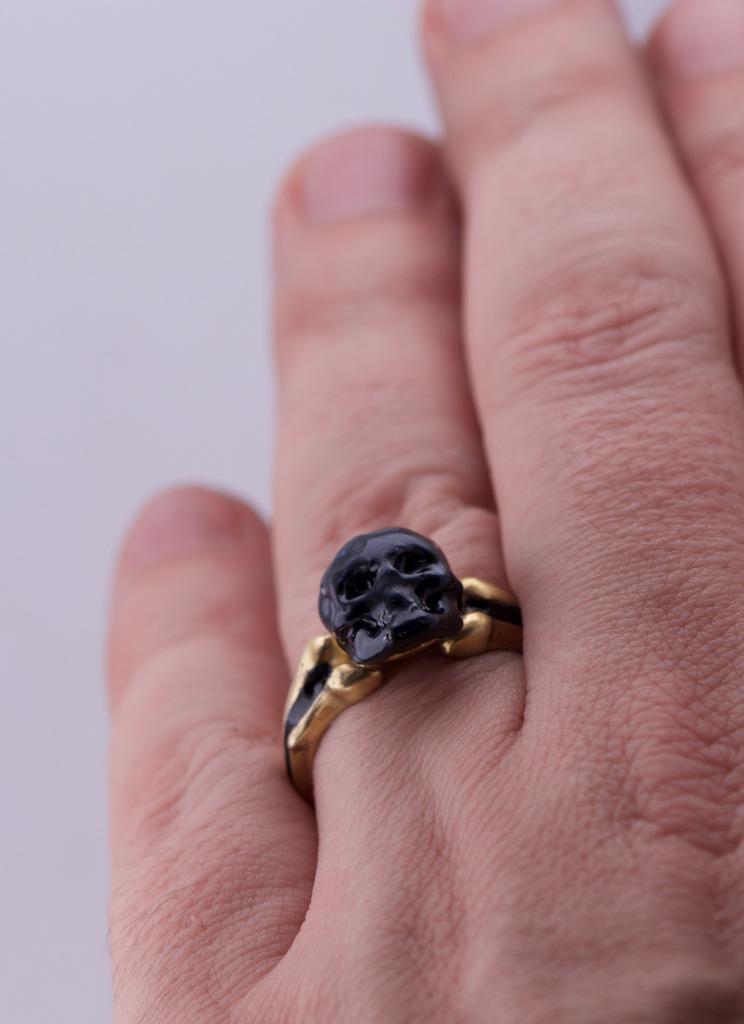
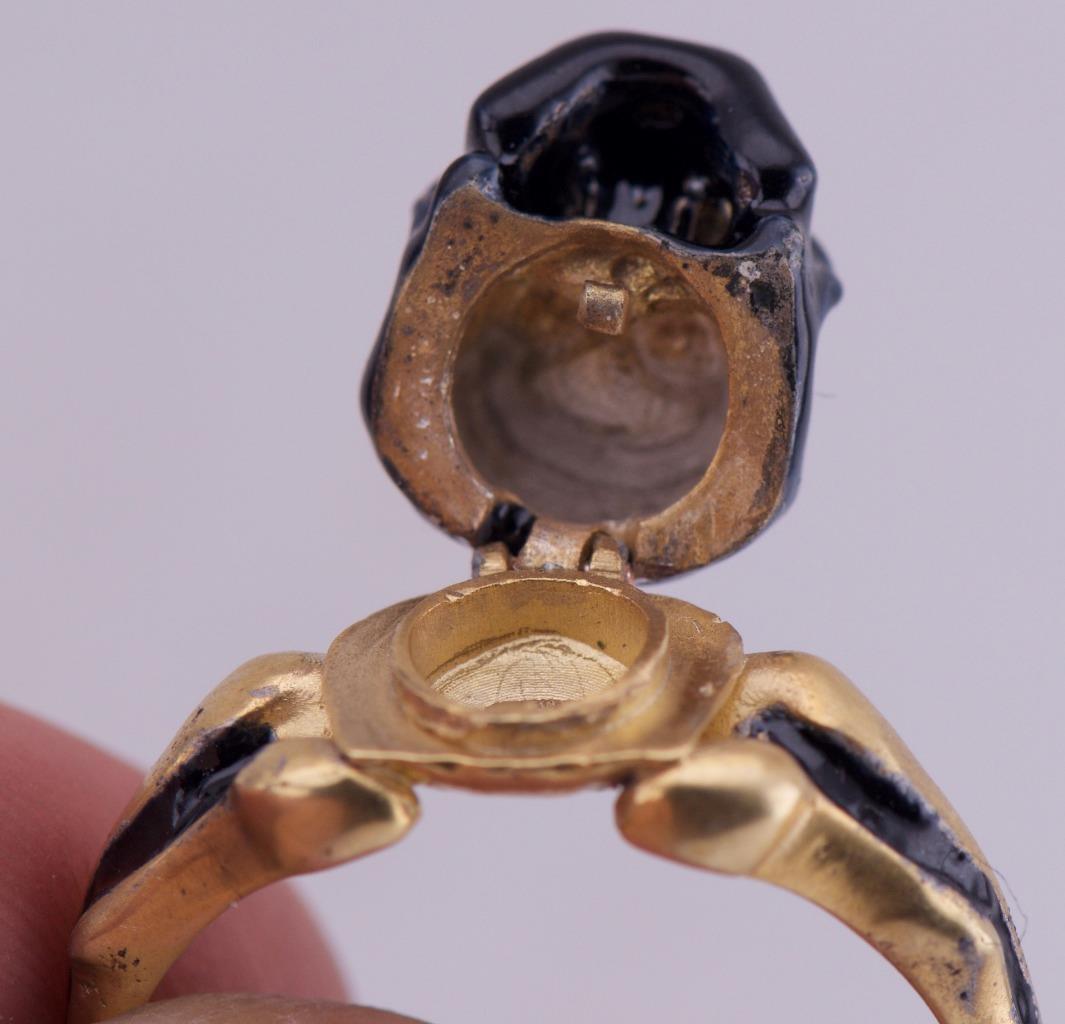









There are no reviews yet.